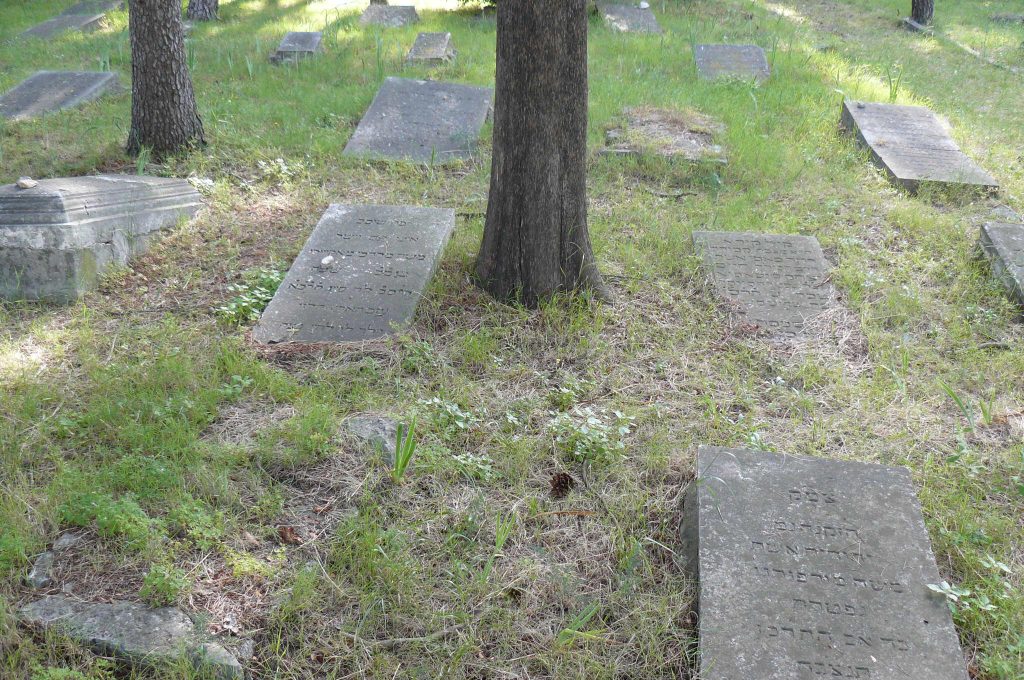The several hundred Spanish Jews who arrived on the shores of the Adriatic had a key role for centuries in the development of these coastal principalities, and contributed greatly to their growth and prosperity.

Exploiting their relationships with fellow Jewish settlers in Venice and Constantinople, the Jews of Dalmatia provided an invaluable service to the small cities of the region; pressed up against the mountains, these towns managed to survive thanks only to the delicate interplay between the Ottoman Empire and the City of Doges.
Keeping their own districts but rarely subjects to containment within ghettos, the Jews nevertheless warmly greeted the early effects of the French Revolution, or rather its Napoleonic extension. A decree issued by France’s Marshal Marmont, duke of Raguse (Dubrovnik) on 22 June 1808 guaranteed them the same rights as other citizens.
When Austria took possession of the territories in 1814, it immediately revoked such progressive legislation. Not long afterward, however, Jews won complete emancipation.

The region saw a clear decline over the course of the nineteenth century, due to the enclosed nature of its location and the spiraling breakdown of the neighboring Ottoman Empire. The local Jewish community, already losing its numbers, maintained its meager presence by virtue only of the influx of fellow Jews from Turkish Bosnia, who were escaping an even less enviable economic situation.
During the Second World War, Dalmatia served as a temporary refuge for Jews persecuted elsewhere in Yugoslavia. Mussolini had convinced Hitler to yield him the coast, given that tow of its cities, Rijeka (Fiume) and Zadar, had already been under Italy’s control since the end of the First World War. When the Italian government surrendered in September 1943, the German army rushed to the coast and hunted down all remaining Jews. One segment of the community, however, managed to find shelter in the zones liberated by Yugoslavian partisans. A Jewish battalion even succeeded in forming on the island of Rab, where the Italians had interned some of the community’s members. Generally speaking, the Yugoslavian Jews who were able to escape the Ustashis and the Nazis took an active part in the Resistance, providing Tito’s troops the bulk of their health service.
Reversal of Fortune
Moshe Maralio made the best of his bad luck when the archbishop of Dubrovnik refused him the post of head doctor in the local government. For this Italian Jew, who had emigrated from Barletta in 1494, what mattered was keeping his private practice afloat, for he already enjoyed the respect of both the whole city and beyond: Turkish dignitaries from surrounding Bosnia regularly requested his services. Unfortunately, Maralio fell victim to the rare allegation of having committed a “ritualistic crime”, an accusation sometimes leveled against the Jews of the Dalmatian coast. His trial and that of nine fellow Jews, as pieced together from Duborvnik’s archives, took place 5-11 August 1502. Indicted for having torn out and old woman’s heart, half the defendants were tortured to death and the rest burned alive, despite the seeming lack of proof.